
By Chaitanya Charana Dasa
A search for intellectual satisfaction takes a young man from academics to devotion.
I was born with a congenital heart deformity that doctors said would probably not allow me to see my fifth birthday. My parents gave me the name Chandrahas, “one whose laugh is like the moon,” but sadly they found few reasons to smile in my childhood. When I was around one, learning to walk in our middle-class house, I suddenly collapsed to the floor, never to walk naturally again. My parents, Ramachandra and Sunanda Pujari, had already had me vaccinated against the dreaded polio infection rampant in India in the 1970s, but the doctor had unknowingly given me a defective vaccine.
With my left leg diseased, I had to walk with either a limp or a brace. When I was around two, I was enjoying the spectacle of the popular Diwali firecrackers with the neighborhood children when a rocket-firecracker went off course and headed toward me. I couldn’t run away like the other children, and the rocket hit my right arm, fusing my shirt with my skin and, racing upwards, burning my face, missing my right eye by millimeters. The rocket then fell to the ground, leaving lifelong scars on my right arm and the right side of my face.
When I was three, I fell from a wall near my house and cracked my skull. An astrologer told my despairing parents that I was plagued by Saturn, which would cause repeated trouble for the first seven and a half years of my life.
Shelter in the Intellect
My parents did everything in their power to help me have a normal childhood. They decided not to have another child for a decade so that they could give their full attention to caring for me. They admitted me into an expensive Christian convent school so that I could have the best education. My good grades mitigated their sorrows somewhat. They would tell visiting relatives that God had compensated for my physical inabilities by giving me intellectual abilities. I would wonder about this mysterious being, God, who had the enormous power over my life to decide what to give and what to take.
For my parents, who were brahmanas by caste, religious rituals were an important part of the family culture. My father told me the significance of our surname, Pujari, which means a priest who performs the worship (puja) of the deity. About a century ago, his grandfather, while bathing in a river one early morning in our native village, had found floating a five-headed Hanuman deity, which he had subsequently installed and served as pujari.
My daily life with its pursuit of academic excellence had little in common with my religious ancestry. At school, as my grades kept getting better, it seemed Saturn had left me. One year I was among the top scorers on the statewide exams. The district collector (the top government officer of the district) visited our house to congratulate my parents, and the local newspaper carried an article and a photo of the visit. For my parents, life seemed to have turned a full circle. They had shed so many sad tears over their son. Now at last they had occasion to shed tears of pride and joy.
Unfortunately, the joy was short-lived. The very day our family photo appeared in the newspaper, my mother, while getting a medical checkup, was diagnosed with advanced leukemia. She fought gallantly against the cancer with chemotherapy, but within one painfully long month, it was all over.
As the world around me collapsed, I sought shelter in my studies and academic performance.
From Summit Into Quicksand and Out
While studying for an engineering degree at a leading college in Pune, in 1996, I took the GRE exam for pursuing post-graduate studies in the USA. I came in first in the state, securing the highest score in the history of my college. As I exulted in my greatest achievement, I experienced something perturbing. Till then, society had led me to believe that for a student, academic accomplishment was the ultimate standard of success and happiness. I had feverishly sought that standard and had finally achieved it. Yet as I stood on the summit of success, I found that the grades brought no joy. Only when others congratulated me did I feel satisfaction. I felt dependent for my happiness on others’ appreciation-more dependent than ever before. As I pondered this disturbing experience, it struck me that I had been chasing a mirage: academic achievement-or any other achievement for that matter-would never satisfy me, but would only increase my hunger for appreciation and thus perpetuate my dissatisfaction. The summit had turned into quicksand.
A friend extended a helping hand to rescue me from the quicksand-by giving me Srila Prabhupada’s Bhagavad-gita As It Is. The Gita answered many of my questions about life and its purpose that had been left unanswered by the numerous books I’d read, spiritual and secular. Radhesyama Dasa, the temple president of ISKCON Pune, and Gaurasundara Dasa, a dynamic youth mentor there, answered whatever questions remained. Understanding the profound philosophy of Krishna consciousness illuminated my life’s journey with hope and joy. I understood that my lame leg, which had always interfered with my playing cricket, was a result of my own past bad karma. But it couldn’t interfere with my spiritual life, because I am not my body and my spiritual advancement is independent of my body.
The Hare Krishna maha-mantra was my next discovery. Since my teens I had been fighting a losing battle against the passions of youth, which would often sabotage my intellectual pursuits. In the chanting of the holy names, I discovered the technology to sabotage those passions.
The Highest Education
But the best was yet to come. As I studied the books of Srila Prabhupada and his followers, especially their writings based on the Bhagavad-gita, I found myself relishing the study itself. This was in marked contrast to my earlier academic career, where my joy came primarily from the grades. Then I read in the Srimad-Bhagavatam about the super-intellectual sage Vyasadeva. His phenomenal literary achievement in writing scores of Vedic books failed to fully satisfy him until he wrote exclusive glorification of the Lord. As I read the story, I felt my life story was being replayed in front of me, with the future included. I recognized the principle that intelligence can bring real happiness and good to oneself and others only when used to glorify Krishna. By understanding that principle, my future became clear.
I started using my intelligence to share the philosophy and practices of Krishna consciousness with my college friends. To my amazement, several of became remarkably transformed, shedding off bad habits and leading balanced, healthy, happy lives. After my graduation in 1998, I found myself at a crossroad that I had already crossed internally. Though I had both a lucrative job as a software engineer in a multinational company and an opportunity for education in a prestigious American university, an overpowering inner conviction told me that I could serve society best by sharing the spiritual wisdom that had enriched my life. There was no shortage of software engineers in India or of Indian students in America, but there was an acute shortage of educated spiritualists everywhere.
But another crossroad still remained. Far more difficult than sacrificing a promising career was enduring the disappointment in the eyes of my father. In traditional Indian culture, aging parents are often taken care of by their grown-up children, but I knew that the loss of such care was not my father’s concern. By his expertise at managing his finances, he had attained reasonable financial security, and he also had my brilliant eleven-year-old younger brother, Harshal, to count on. His heartbreak was to see his older son, for whose materially illustrious future he had dreamt and toiled, become the antithesis of his dreams: a shaven-headed, robe-wearing monk with no bank account. His distress agonized me, but my heart’s calling left me with no alternative. I prayed fervently to Krishna to heal my father’s heart and to somehow, sometime, help him understand my decision.
So in 1999 I decided to make sharing Gita wisdom my fulltime engagement by joining ISKCON Pune as a brahmachari, a single and celibate member of the ashram. In 2000 I received initiation from my spiritual master, His Holiness Radhanatha Maharaja, who told me that because I had given up the chance for higher education in the USA for Krishna’s sake, Krishna was giving me the chance to receive and share the highest education: Krishna consciousness, celebrated in the Bhagavad-gita as raja-vidya, the king of all education. In accordance with his instruction, I started giving talks to young people first in Pune and then all over India. Somehow, by Krishna’s mercy, my lame leg has not been a hindrance.
Intellectual Samadhi
In 2002 I discovered writing. Since childhood I had wanted to write but had not been able to: I was never short of words (my favorite hobby was memorizing words from dictionaries), but I always seemed short of ideas. The rich philosophy of Krishna consciousness more than made up for that. Over the last seven years, some 150 articles and 6 books have emerged from my computer. Many of these articles have appeared in leading Indian newspapers and some in Back to Godhead. When my first article appeared in the reputed Times of India newspaper, my overjoyed father sent a hundred photocopies of that article to his relatives, colleagues, and acquaintances. When I see the joy in my father’s eyes on seeing every new book I write, I thank Krishna for answering my prayers.
Nagaraja Dasa, the editor of BTG, invited me to serve as an associate editor. The service of reviewing articles with the other editors, who are all learned and seasoned devotee-scholars, has broadened the horizons of my spiritual understanding more than anything else I have done before. In editing the writings of veteran devotees, including my beloved spiritual master, I have found a way to integrate my intellection passion with the devotional principle of selfless service, thus experiencing a higher spiritual joy.
The process of writing has brought me meaning, purpose, passion, and fulfillment. Although I am still a neophyte in my spiritual life and struggle against selfish desires, writing gives me glimpses of samadhi, blissful absorption in thoughts of Krishna and His message.
Having experienced both the emptiness of material intellectual pursuits and the richness of spiritual intellectual engagements, I feel saddened that most modern intellectuals are deprived of this supreme fruit of their intellects. Especially many Indian intellectuals, despite earning laurels at a global level, are still missing the intellectual feast that their scripturally learned ancestors relished for millennia. My writings are humble attempts to help them rediscover their lost legacy. I look forward to using the remainder of my life to relish and share the intellectual-devotional nectar with which I have been blessed.






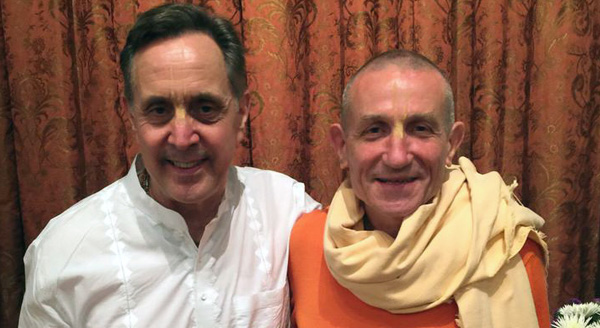 Dear Donors and Friends of the TOVP Project in Sridham Mayapur,
Dear Donors and Friends of the TOVP Project in Sridham Mayapur,
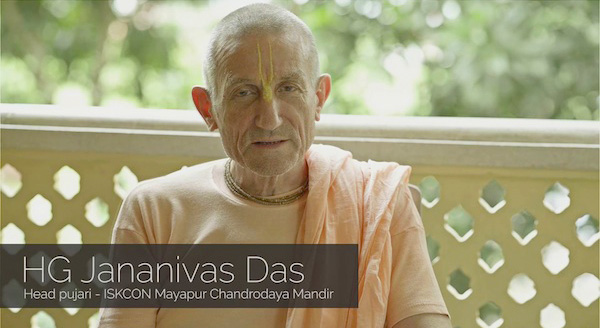








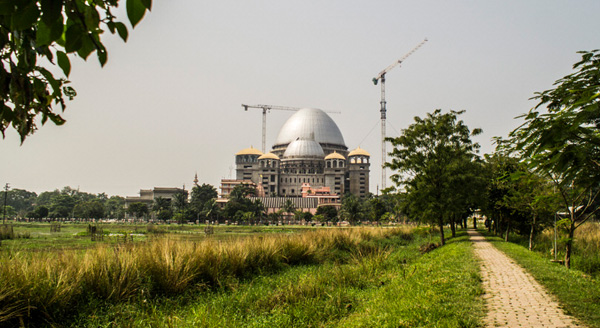


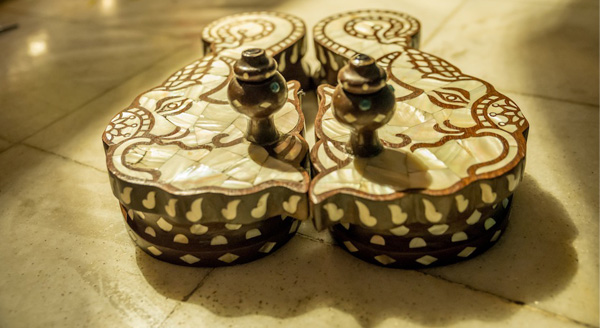

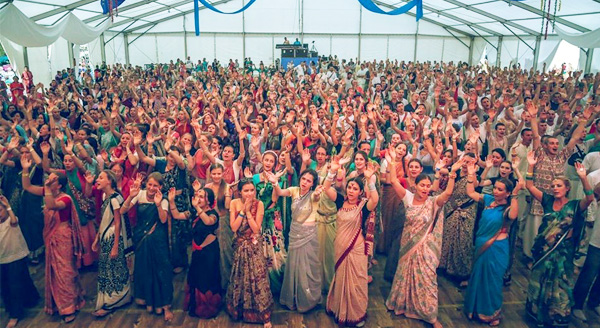
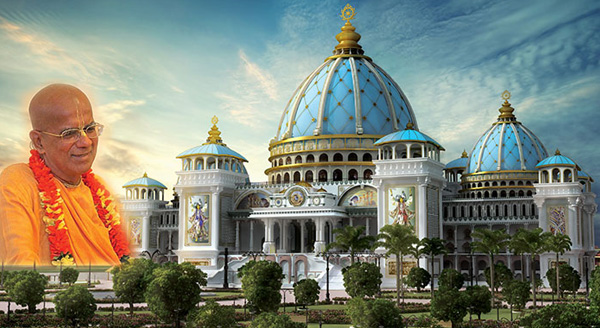

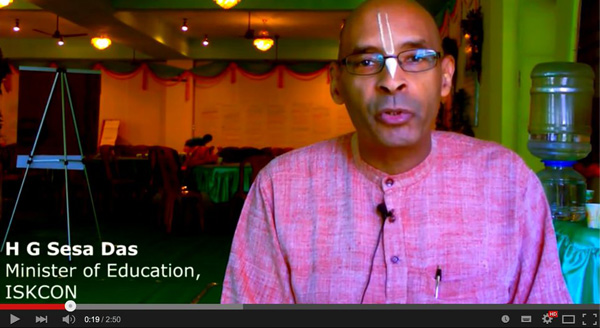
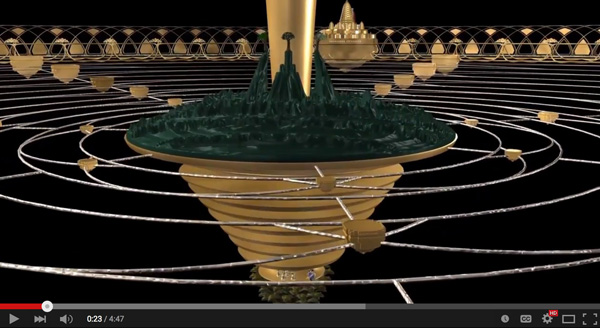

 By Purushottam Nitai Das
By Purushottam Nitai Das





 By Murari Gupta Dasa
By Murari Gupta Dasa By His Divine Grace Srila A.C. Bhaktivedanta Swami Prabhupada
By His Divine Grace Srila A.C. Bhaktivedanta Swami Prabhupada
















